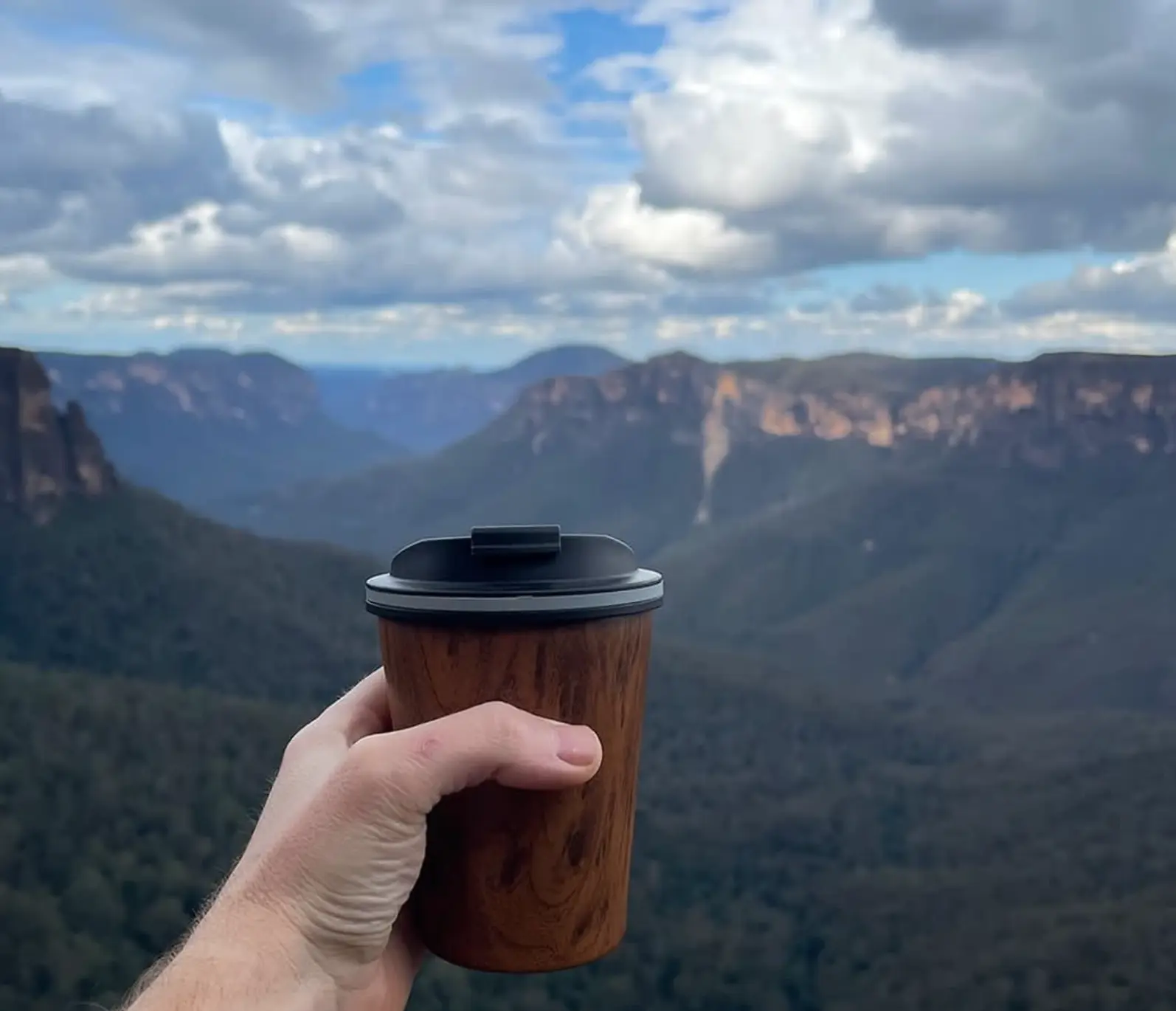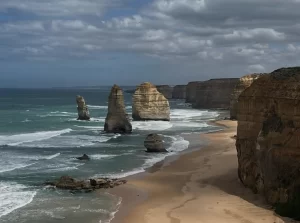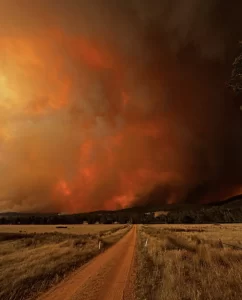In the heart of New South Wales, Australia, the Blue Mountains are a natural wonder that attracts millions of visitors each year. But have you ever wondered why they are called the “Blue Mountains”? The name isn’t just poetic; it’s based on science, geography and the region’s incredible natural environment. Let’s get to the story behind the name and the magic that makes these mountains blue.
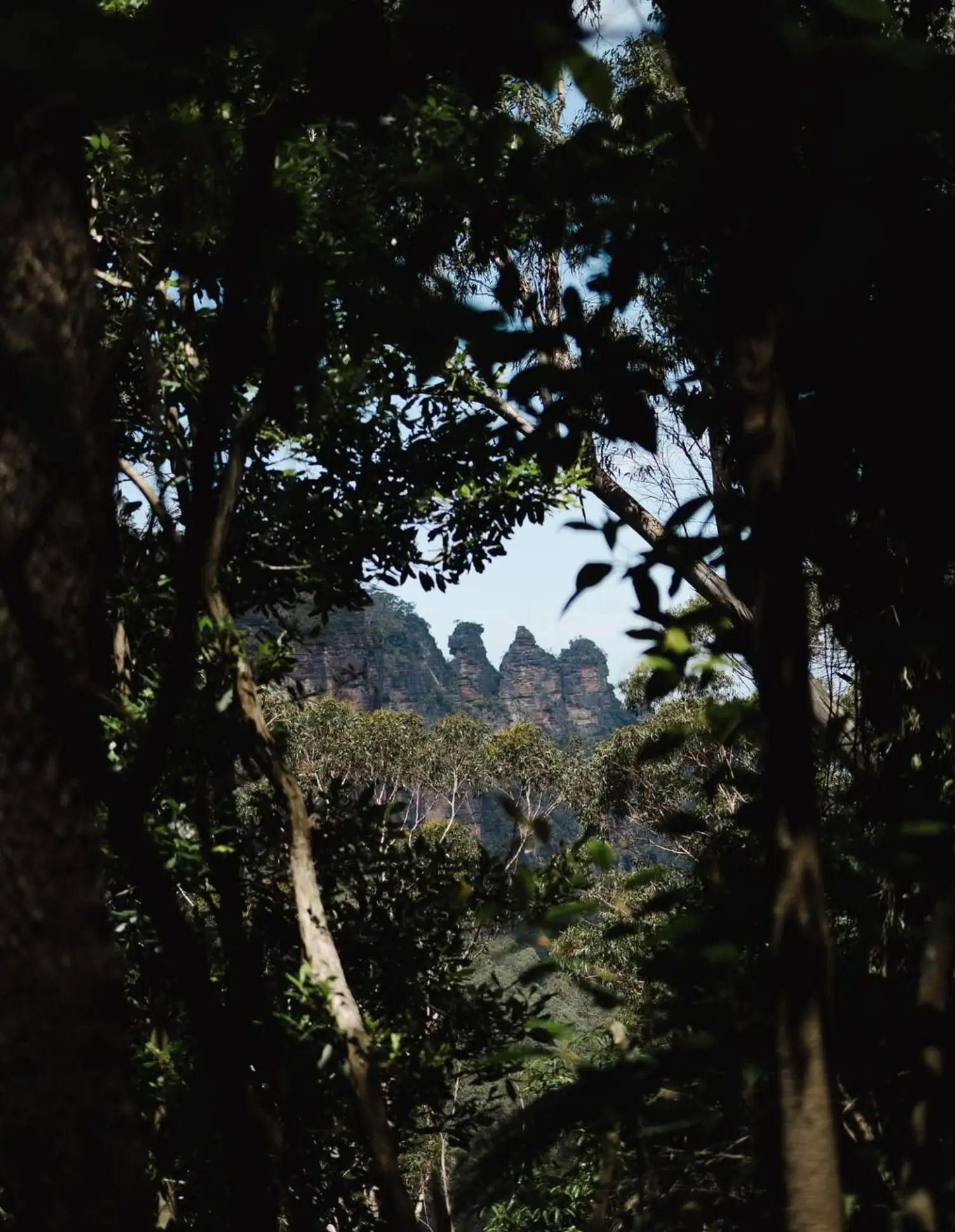
The Science Behind the Name
The Blue Mountains get their name from the blue haze that seems to sit above the vast expanse of eucalyptus forests that cover the region. This is caused by the release of tiny droplets of eucalyptus oil from eucalyptus trees, which mix with dust particles and water vapour in the air. When the sun hits these particles, it scatters the shorter wavelengths of light – like blue – more than other colours. This scattering is what creates the blue tint that gives the mountains their name. The eucalyptus oil not only creates the blue haze but also infuses the air with a refreshing and distinct scent, adding to the sensory experience of visiting the mountains.
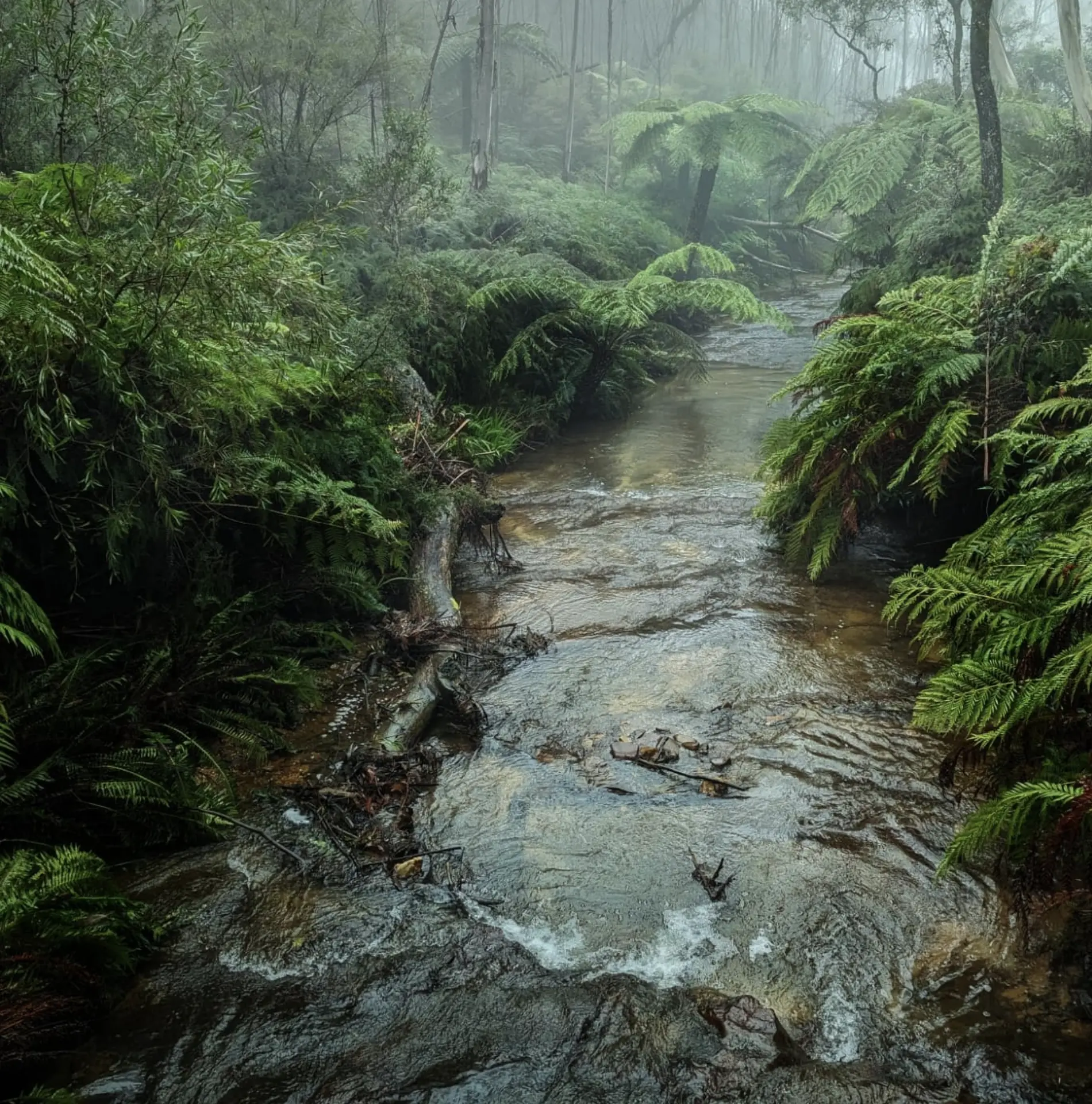
A Cultural and Natural Heritage
But the Blue Mountains are more than just beautiful. They have a rich cultural significance. The Gundungurra and Darug people, the traditional owners, have lived here for tens of thousands of years. The Indigenous name for the region reflects its spiritual and natural importance and many of the area’s landmarks have stories attached to Aboriginal settlements and culture. These stories and traditions show the connection Indigenous people have with the land.
It’s also a UNESCO World Heritage site for its biodiversity. The Blue Mountains have over 400 species of animals and unique plants, including ancient Wollemi pines and wildflowers. Visitors love the views that unfold across the valleys and cliffs. It is one of Australia’s most popular tourist destinations, with countless walking tracks, rock formations and national parks to protect this natural treasure.
Top Spots to Explore
Visitors come to the Blue Mountains for more than just the blue haze. The area has cliffs, iconic rock formations, waterfalls, valleys and famous landmarks like the Three Sisters rock formation. The Three Sisters are one of the biggest tourist attractions in the region, with their dramatic and historic presence overlooking the Jamison Valley.
Adventure seekers and nature lovers can hike, rock climb or just sit back and take in the views and 360-degree views. The flat surfaced settlements like Katoomba provide a base for walking tracks and outdoor activities. The country atmosphere and front-row views of natural wonders make it a perfect getaway for all types of travellers.
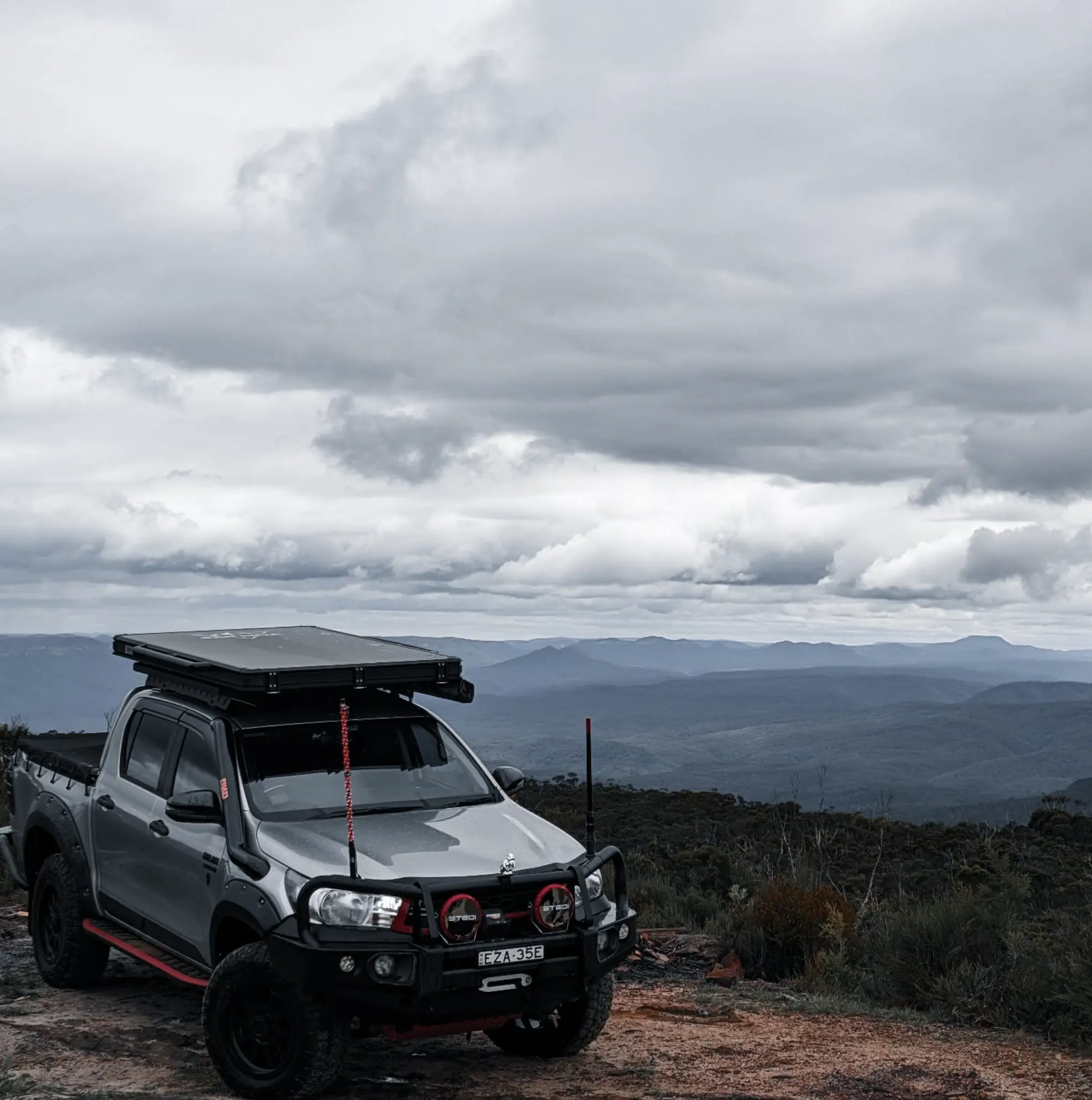
Nearby Attractions and Tours
The Blue Mountains day tours has other great attractions. The Jenolan Caves are a must-see for their limestone formations and underground caverns. Featherdale Wildlife Park is just down the road and where you can get up close and personal with Australia’s native animals, kangaroos, koalas and wombats.
To get the full of the area and beyond experience join a guided Blue Mountains tour with Autopia Tours. They are known for their expert guides and immersive itineraries so you’ll experience the best of the region and learn about its history, culture and environment.
Activities and Attractions
The Blue Mountains has hundreds of walking tracks, each showcasing a different part of the landscape. From tracks that wind through eucalyptus forests to those that lead to waterfalls and rock formations, there’s no shortage of outdoor fun. The national parks in the region, such as Blue Mountains National Park, are hotspots of biodiversity and a haven for many plant and animal species.
Other attractions include Scenic World, where you can experience thrilling rides like the Scenic Railway, Scenic Skyway and Scenic Cableway all with stunning views of the valleys and cliffs. The Leura Cascades and Wentworth Falls are also great spots for their peacefulness and natural beauty. Whether you want adventure or tranquillity, the Blue Mountains have it all.
Nature and Culture
Whether you’re sipping coffee in the village of Katoomba, the biggest tourist town in the region or walking through the ancient eucalyptus forests, the Blue Mountains has it all. The region’s diversity means it’s one of the most popular tourist destinations in Australia. Take a moment to appreciate the natural forces that create the blue haze and the cultural heritage of the traditional owners who have lived here for thousands of years.
Conclusion
The Blue Mountains’ name says it all. Next time you’re here take a moment to look at the blue haze and remember the natural forces that create it. Whether you’re walking the hundreds of tracks, gazing at the rock formations or enjoying the country atmosphere of the villages, the Blue Mountains are an experience you’ll never forget. They’re not just a place to visit they’re a wonder of the world and one of Australia’s biggest tourist attractions.
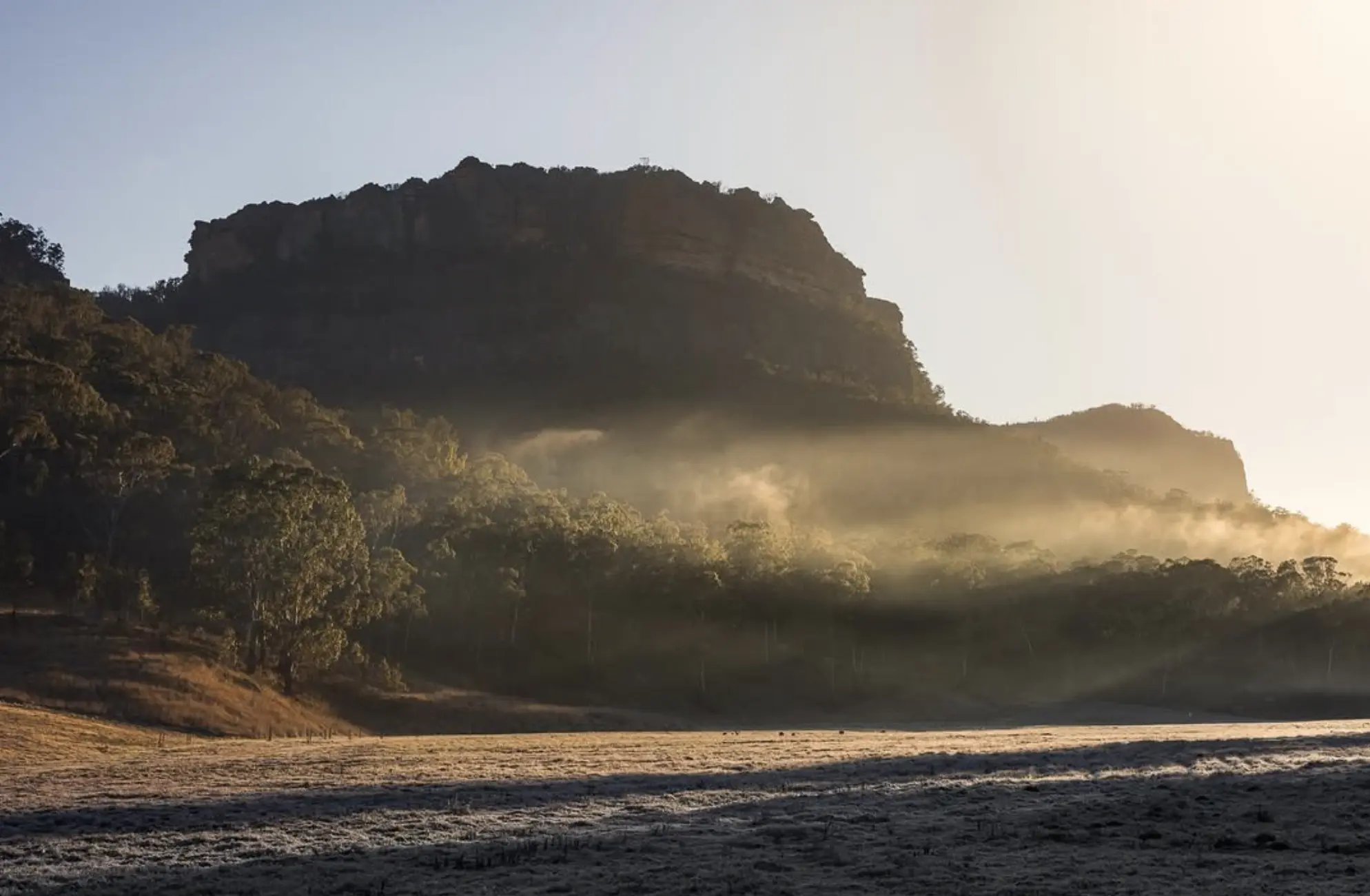
FAQ
What is the blue haze?
The blue haze is caused by eucalyptus oil droplets, which mix with dust particles and water vapour. When sunlight scatters these particles, it creates the blue effect.
Where are the Blue Mountains?
The Blue Mountains are in New South Wales, Australia, about 50 km west of Sydney. It is one of the most popular tourist spots in the country.
Why are the Blue Mountains so famous?
The Blue Mountains are a UNESCO World Heritage site because of their biodiversity, geological formations and cultural significance including their importance to Indigenous people and Aboriginal settlements.
What to see?
Three Sisters, Wentworth Falls, Scenic World, Jenolan Caves. Extensive hiking trails, national parks and many walking tracks with stunning views can be included in the Blue Mountains Day tour.
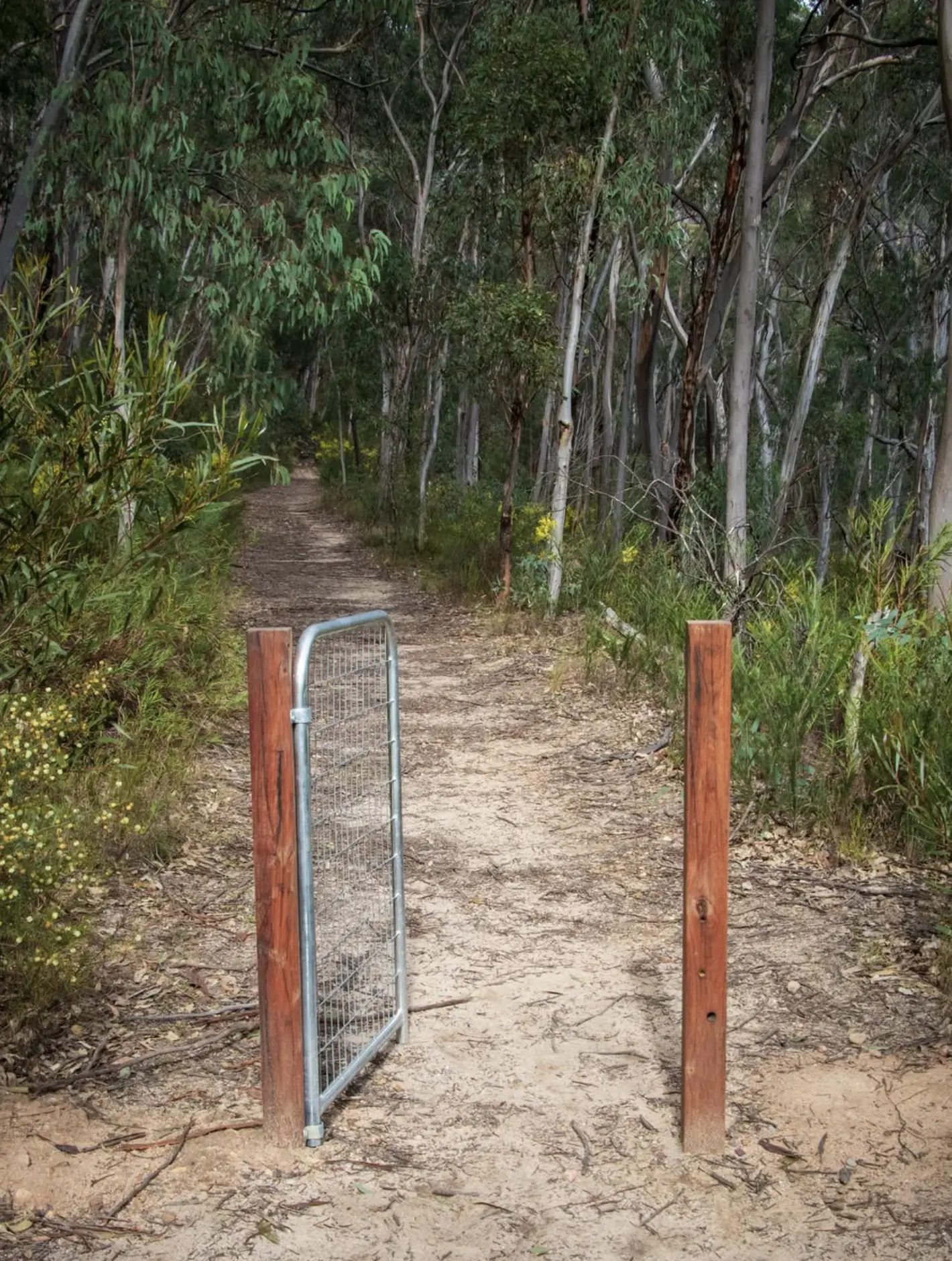
When?
Open all year, but spring (Sept-Nov) and autumn (March-May) are best for good weather and eucalyptus forests.
